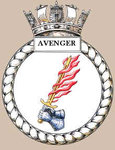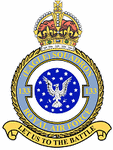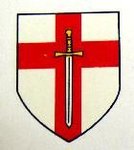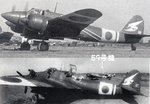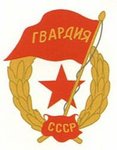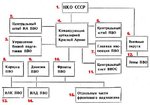Freebird
Master Sergeant
Did Japanese Ships Squadrons have individual Emblems or Crests?
I have been looking but I have not found any answers.
I know the British had them for ships, squadrons armies, as did the US the Germans I think
Did the Russians Japanese too?
Crests pictured below:
HMS Avenger, RAF "Eagle Squadron", British 1st Army
I have been looking but I have not found any answers.
I know the British had them for ships, squadrons armies, as did the US the Germans I think
Did the Russians Japanese too?
Crests pictured below:
HMS Avenger, RAF "Eagle Squadron", British 1st Army

